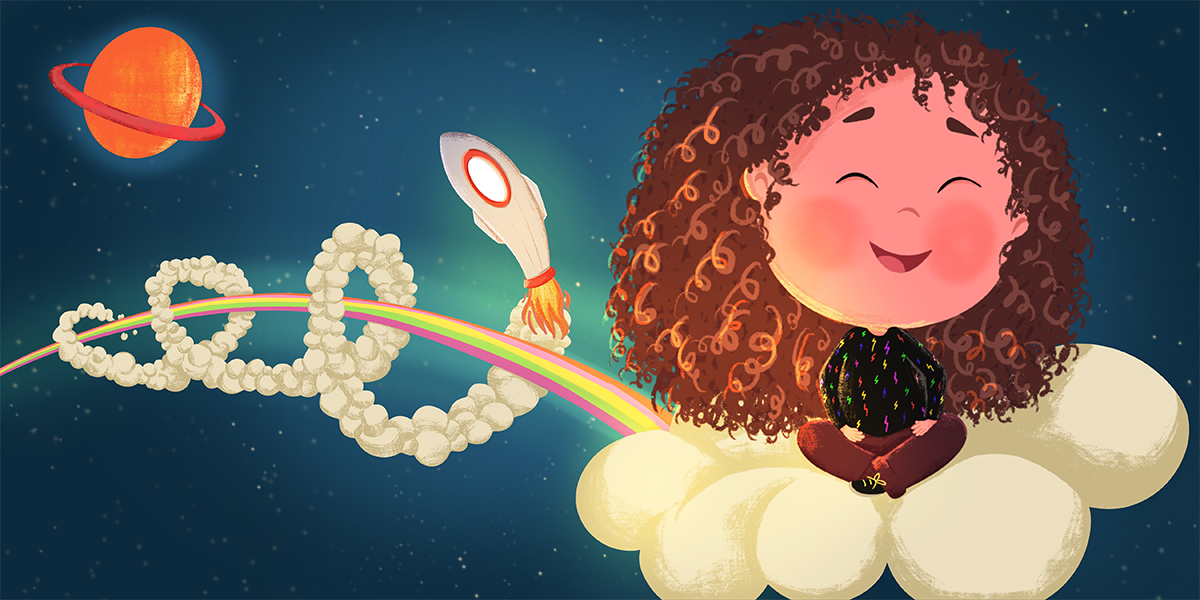A captivating children’s book cover design is more than decoration—it’s the gateway to your story’s magic. For young readers and the adults who guide them, vibrant artwork and playful fonts spark curiosity and set expectations before they even turn a page. This guide dives into imaginative children’s book covers—from whimsical scenes to character-driven art—while teaching how to design a children’s book cover and craft an effective back cover of children’s book design. With expert insights into cover design, illustration styles, and reader appeal, you’ll learn to create enchanting covers that truly captivate little minds.
Why Cover Design Matters
Effective children’s book cover design draws attention in a sea of titles, communicating genre, tone, and age range instantly. Kids often “read” images before text, so covers must resonate visually and emotionally. Good cover design invites exploration and sets expectations for the story inside.
Imaginative Cover Styles to Explore
- Whimsical Illustrations: playful scenes or fantastical characters bring joy and magic to children’s book cover design.
- Playful Typography: chunky, bouncy fonts echo story energy and match illustration tone.
- Character-Centric Layouts: a compelling child or creature on the cover fosters immediate connection but keeps space for title clarity.
- Vibrant Color Palettes: bold and contrasting hues ensure visibility on shelves and screens—and link to cover design psychology.
Also Read: Illustrated Book Cover Design Ideas to Inspire Your Next Project
Whimsical Illustration Covers
Whimsical artwork—like floating balloons, friendly dragons, or dreamy landscapes—works best when designing children’s book covers that spark imagination. Colors should be vivid and balanced, and characters simplified to communicate mood quickly. These styles are especially appealing for picture books and early-reader collections.
Bring Your Children’s Story to Life with Magical Illustrations
Partner with talented Children Book illustrators who specialize in creating lovable Book Cover Design, characters and enchanting scenes for picture books and early readers.
Playful Typography Integration
Making the font part of the story elevates children’s book cover design to interactive art. Letters might bounce, zigzag, or curve around illustrations, reinforcing mood. When you learn how to design a children’s book cover, blend text with art to make both feel cohesive and purposeful.
Character-Led Designs
Featuring the main character front and center helps create an emotional bond. Whether human, animal, or imaginary guide, expressive eyes and gestures add charm. Pair character focus with clean layout to preserve legibility and support strong children books branding.
Magical & Fantasy Themes
Mythical creatures, enchanted forests, or floating islands are beloved themes in children’s book cover design. These concepts let young minds wander. Use contrast and composition to make fantastical elements pop, ensuring those magical scenes stand out in thumbnails and print.
Nature & Adventure Motifs
Forest trails, animal companions, and outdoor discovery resonate in children’s book covers. These motifs emphasize exploration and curiosity. Using earthy yet vibrant color palettes connects cover art to adventure themes and binds to cover design principles.
Comic-Style & Hand-Drawn Art
Bold line work, speech bubbles, and comic panel layouts give energy to children’s book cover design. Quirky bubbles and expressive drawings spark fun. For DIY creators, platforms like Canva offer simple templates for this style while custom art can elevate uniqueness.
Design Process That Delights
A fun children’s book cover design starts with sketching thumbnail concepts, refining favorite ideas in digital art tools, and testing readability. Choose a tool—Procreate, Illustrator, or Canva—and create digital roughs. Plan back cover of children’s book design layouts early, including blurbs, author photo, and ISBN barcode.
How to Design a Children’s Book Cover
- Start with thumbnail sketches that show characters or scenes.
- Choose vibrant, age-appropriate color palettes.
- Finalize cover in Illustrator or Procreate, balancing illustration and typography.
- Define spine and back cover of children’s book design early.
- Export high-resolution, print-ready CMYK files. Explore tools like IngramSpark templates for bleed and spine guidelines.
Back Cover of Children’s Book Design Tips
The back cover of children’s book design shouldn’t be an afterthought—it supports the front cover’s magic. Include a short synopsis, engaging fonts, and coordinating visuals. Add charming border art or small illustrations that hint at the story. Keep text readable and layout uncluttered to hold attention.
Testing & Feedback Loop
Test your children’s book cover design in thumbnail size—essential for online browsing. Share drafts with children, parents, and educators for feedback. Check both the front and back cover of children’s book design for readability and appeal. Iterate until the cover feels magical and market-ready.
Real-World Inspiration
Study award-winning and bestselling children’s book covers—like Where the Wild Things Are, Gruffalo, or modern gems—that blend simplicity with imaginative imagery. Observe how character focus, typography flow, and color choices combine to create memorable cover designs.
Conclusion
A thoughtful children’s book cover design is more than decoration—it’s a visual invitation into your story’s world. At The Rainbow Stories, we believe that mixing playful illustration, vibrant hues, and integrated typography can spark imagination in both kids and parents. Learn how to design a children’s book cover, plan your back cover of children’s book design, and use a fun yet strategic approach. With testing and creative iteration, your cover will not just stand out—it will open minds and hearts to adventure.

